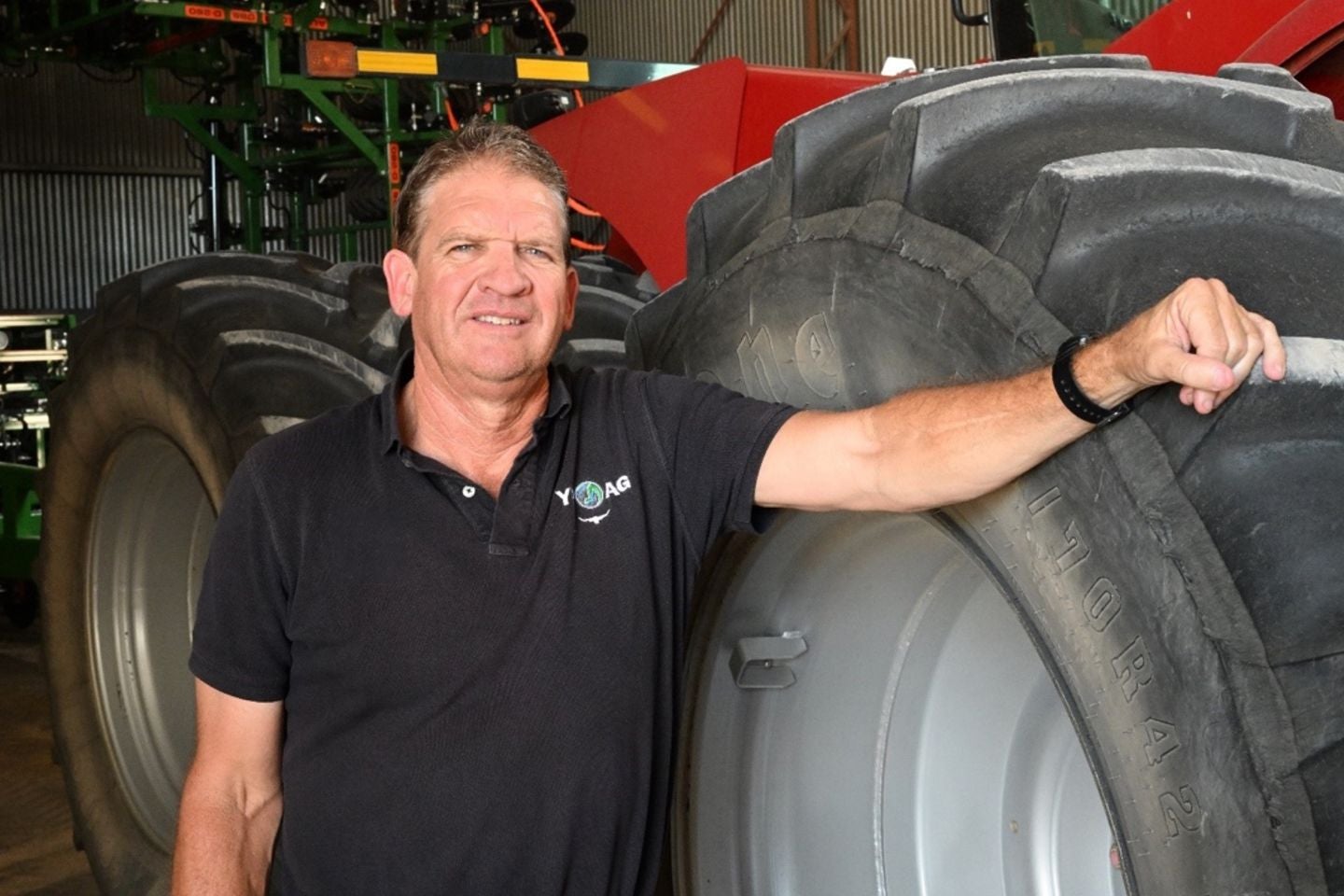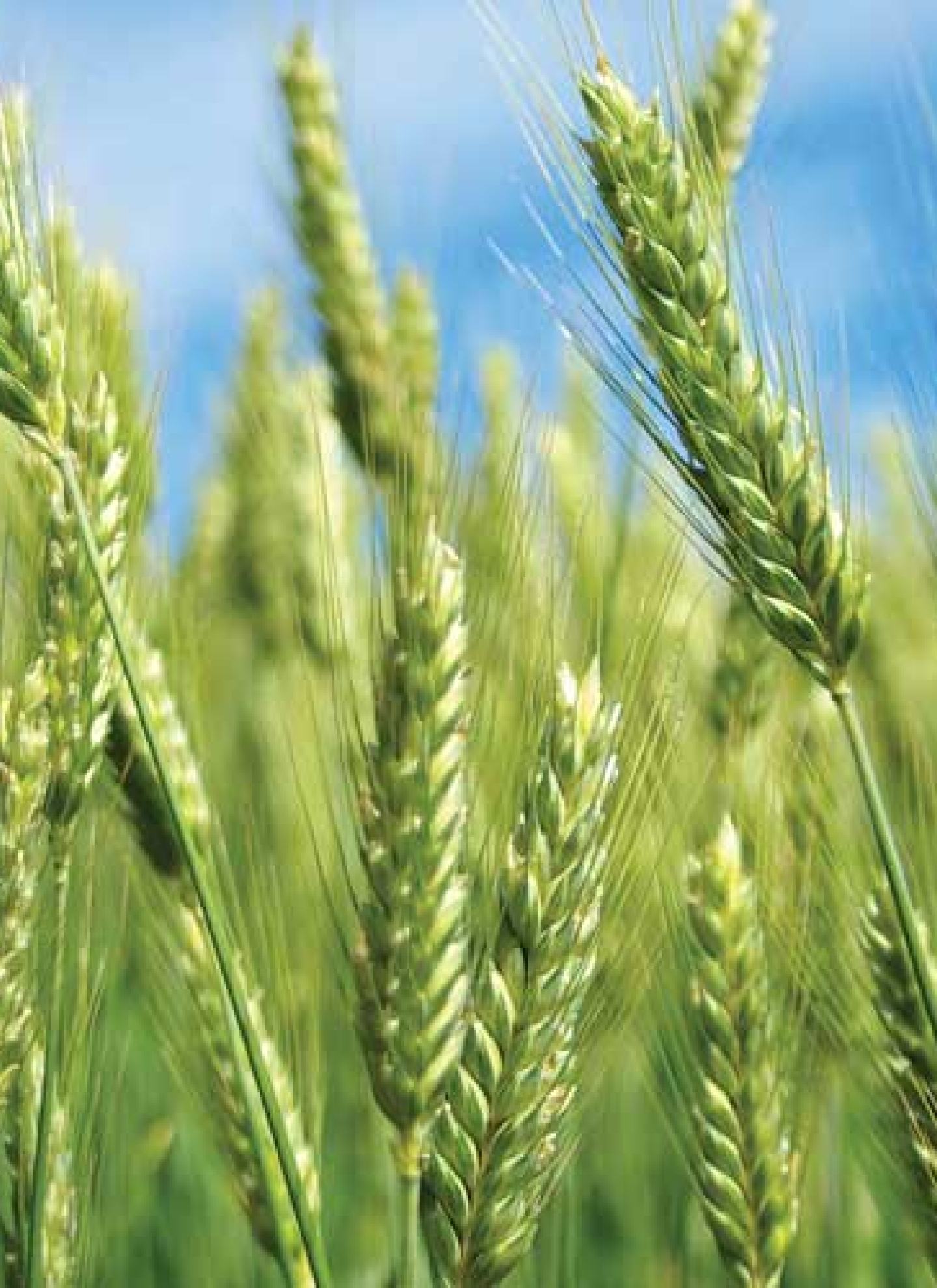Paddocks where Overwatch® Herbicide has been used in wheat are showing up cleaner going into the following lentil phase on the Yorke Peninsula of South Australia.
Agronomist Darryn Schilling, of YP AG, said the range of weeds controlled by Overwatch® had helped keep paddocks clean as farmers rotated from wheat to lentils. “Initially, with Overwatch®, our main target was annual ryegrass,” he said. “We found that to be very, very good but it’s the other weeds that have been the surprise packet.” “Milk thistle and Indian hedge mustard must have become resistant to some of our chemistry, and we're having blowouts in certain crops. The lentil phase is where those weeds flourish.”
“What we found, and there are some great examples, is that where the previous year, Overwatch® Herbicide was applied in a wheat phase, the following lentil phase has had greatly reduced numbers of Milk thistle and other broadleaf weeds. “It's definitely taken some weed pressure off when we come back into lentils.” Mr Schilling said they first used Overwatch® on the Yorke Peninsula back in 2021 and had some mixed results due to incorrect seed placement.
Fortunately, FMC stood by us and we worked through those challenges. Since that time our seeding approach has been pretty solid with guys looking a little closer to get that seeding depth right.”
He said it was important that new chemistry, such as Overwatch, is utilised to take the pressure off some of the other chemistries. “We've been in a very long phase of dependency on Group K (Group 15) chemistry, with Boxer Gold* and Sakura* being mainstays in our wheat and barley system,” Mr Schilling said. “To have something like Overwatch® Herbicide come along to offer another mode of action (Group 13) has been critical.
“We still have the Group Ks up our sleeve but if you do a resistance test now, it wouldn't be unusual to find yourself with a 20 to 30 per cent resistance to this chemistry” He said at this stage there wasn’t any known field resistance to Overwatch® Herbicide, but they were gathering samples to monitor the situation. “Some farmers may have used it twice on a particular paddock so we are just going to make sure we look after it and keep it for as long as we can because it’s a great tool.”
A tank mix with triallate is occasionally used to help with resistance management and enhance weed control in wheat paddocks. “When you start talking to growers about a lot of the broadleaf weeds being controlled by Overwatch® Herbicide and not a lot of post-em mop-up being required afterwards, they're probably okay to add another product like triallate, into the tank,” Mr Schilling said. “It’s a tank mix partner from a different chemical group.”
He said as well as the wide range of weeds controlled, Overwatch® also demonstrated good residual activity in the weeks following application. “I think it's equal to or as good as any other standard we've had in the past from a residual point of view. All sorts of factors such as moisture, stubble load and soil type, come into that but at the end of the day, it's as good as the standards, if not a bit better.”
The 2024 season was a challenging one on the Yorke Peninsula with a decile one rainfall result. “Despite this, we managed to salvage some pretty handy crops which were well above expectations coming into harvest. Lentils came in at a tonne to the hectare in most situations, wheat and barley were around that two and a half tonnes to the hectare on average. To have a decile one season and still achieve that is very handy.
He said farmers were able to store moisture from the high rainfall which fell in December and produce grain without too many screenings.


